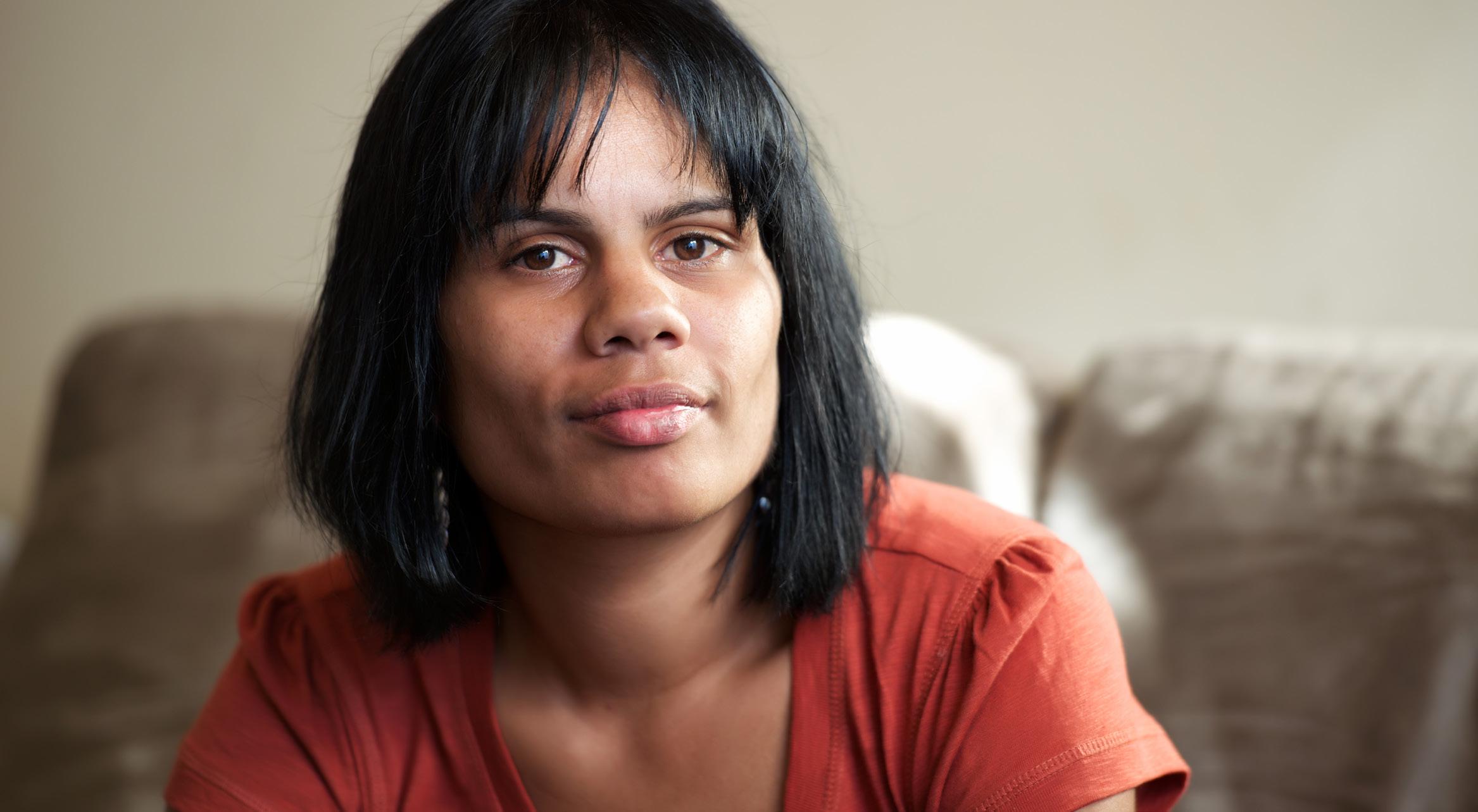
4 minute read
Equity for sexual and reproductive health in rural Australia
ADJUNCT PROFESSOR RUTH STEWART National Rural Health Commissioner
What rural women want and need
Advertisement
Rural and remote Australian women lack equity of access to sexual and reproductive health services. In Australia, rural and remote women experience more health risk factors and poorer health outcomes than their urban peers. They have higher rates of unplanned pregnancy, suffer higher rates of infant mortality and give birth to more low birthweight and preterm babies than do their urban sisters. These rates increase as remoteness increases yet still rural women face increased barriers to access health services. The National Women’s Health Strategy 2020-2030 rightly identifies women living in rural and remote areas as a priority population.
Timely, appropriate and affordable sexual and reproductive health care is fundamental to health and wellbeing. Many rural women do not have access to the full range of contraceptive choices. Access to long-acting reversible contraception (LARC) depends on availability of professionals trained in LARC management and insertion. A rural woman’s access to termination services is determined by distance, and the expense and disruptions incurred by travelling to that service. Thus rural women struggle to receive the care they require when and where they need it. This in turn affects their decision making about their lives, including their choice or lack of choice about having children.
For those women who are pregnant and live outside Australian cities, access to maternity and birthing services has been decreasing for decades. The Rural Doctors Association of Australia (RDAA) reported in 2006 that over 130 small rural maternity units had closed across Australia in the 10 years since 1995. Obstetric Medicare expenditure shows that for every dollar spent on obstetric care per capita in major cities in 2010, only 47 cents was spent in very remote areas.
Pregnant women need maternity and birthing services close to home. When birthing services close and health professionals with maternity skills leave the community, risks for pregnant rural women increase. In Australia, where the driving time to a birthing service is more than two hours, more babies are born before arrival to hospital and when this occurs, the risk increases for mothers and babies.
Rural and remote women do not want to be taken away from their support networks when birthing or to travel great distances for care. They want to feel safe throughout pregnancy and to make informed choices in a collaborative manner with their care providers. Locally designed and embedded multidisciplinary models of care are yielding results. For example, in the Torres Strait the introduction of a midwifery Group Practice supported by Indigenous Health Practitioners and Rural Generalist doctors has halved premature birth rates, significantly reduced rates of smoking during pregnancy and reduced the percentage of babies born with low birthweight. This model was co-designed with the Aboriginal and Torres Strait Islander community where cultural safety and empowerment are central.
During my term as National Rural Health Commissioner I will be working to increase the number of Rural Generalist doctors, nurses and allied health and other health professionals trained and employed across rural and remote Australia. In collaboration with each state and territory government, I will focus on the development of the workforce that is needed for strong multidisciplinary primary health care teams to turn around the health of the rural and remote communities in our nation. Rural sexual and reproductive health services now and in the future must concentrate on continuity of care and carers, on providing care close to home and on giving options for women to choose the care they want, deserve and need.
It is with primary care, from known professionals close to home, that health equity will be achieved for rural women.

References
1. Rowe H, Holton S, Kirkman M, Bayly C, Jordan L, McNamee K, McBain J, Sinnott V, Fisher J. Prevalence and distribution of unintended pregnancy: the Understanding Fertility Management in Australia National Survey. Aust N Z J Public Health. 2016 Apr; Accessed: 23 December 2020
2. Australian Department of Health 2018 National Women’s Health Strategy 2020-2030
3. Australian Department of Health 2018 National Women’s Health Strategy 2020-2030
4. Mazza, D., Bateson, D., Frearson, M., Goldstone, P., Kovacs, G. and Baber, R. (2017), Current barriers and potential strategies to increase the use of long-acting reversible contraception (LARC) to reduce the rate of unintended pregnancies in Australia: An expert roundtable discussion. Aust N Z J Obstet Gynaecol, 57: 206-212. https://doi.org/10.1111/ajo.12587
5. Shankar M, Black KI, Goldstone P, et al. Access, equity and costs of induced abortion services in Australia: a crosssectional study. Aust N Z J Public Health. 2017;41(3):309-314. doi:10.1111/1753-6405.12641
6. Australian Department of Health 2009 Improving Maternity Services in Australia: The Report of the Maternity Services Review
7. Australian Institute of Health and Welfare 2010. Australian health expenditure by remoteness: a comparison of remote, regional and city health expenditure. Health and welfare expenditure series no. 50. Cat. no. HWE 50. Canberra: AIHW.
8. Thornton CE, Dahlen HG Born before arrival in NSW, Australia (2000–2011): a linked population data study of incidence, location, associated factors and maternal and neonatal outcomes BMJ Open 2018; 8:e019328. doi: 10.1136/bmjopen-2017-019328
9. Australian Department of Health 2019 Woman-centred care: Strategic directions for Australian maternity services. Prepared under the auspices of the COAG Health Council.
10.Kildea S, Gao Y, Hickey S, et al. Reducing preterm birth amongst Aboriginal and Torres Strait Islander babies: A prospective cohort study, Brisbane, Australia. EClinicalMedicine. 2019;12:43-51










